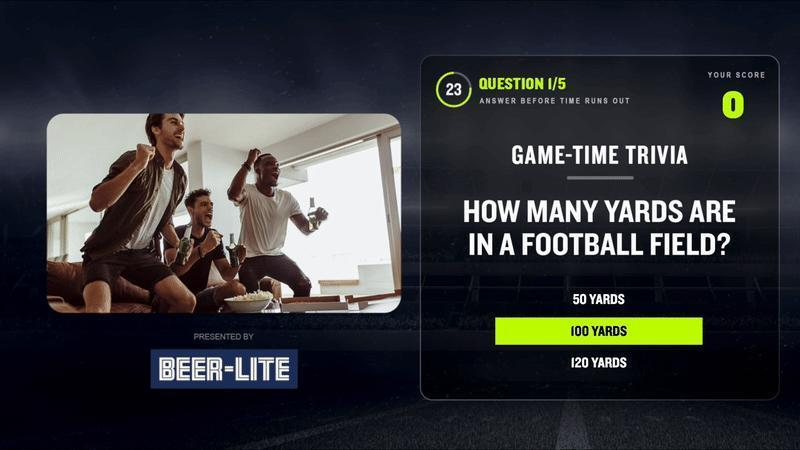Disney has recently made waves in the advertising world with its announcement of "Advergames" - interactive commercial breaks designed for platforms like Hulu and ESPN. This innovative approach aims to transform traditionally passive advertising experiences into engaging, gamified interactions, potentially revolutionizing how viewers engage with commercials in the digital age. Disney's move is the latest development in an ongoing industry-wide effort to solve a persistent problem: maintaining viewer attention during commercial breaks as media consumption shifts from linear TV to digital platforms.

Twitch, the popular live-streaming platform, has been at the forefront of addressing this challenge. Twitch's journey began with the introduction of picture-by-picture advertising in 2019, allowing the main content to continue alongside the ad. This effectively held the viewer's attention by ensuring they didn't miss out on the primary content they came to see. Building on this success, Twitch launched multiplayer ads in 2020, further enhancing viewer engagement by turning ad breaks into interactive experiences. Viewers could participate in polls or mini-games related to the advertised products, transforming what was once an interruption into an opportunity for engagement.

Such experiences help advertisers drive increased brand recall and viewer retention, while platforms and content creators improve audience retention. Now, with Disney following suit, we're seeing these innovations gain broader industry traction. This shift represents a new chapter in digital advertising, one that promises to be more engaging, more effective, and more viewer-friendly.
Prassath Leelakrishnan, former head of product for Twitch advertising whose team launched these innovative products, offers insight into this trend: "Such engaging formats create a win-win-win situation. Viewers remain engaged, advertisers get better results, and the platforms and creators retain their audience more effectively. It's exciting to see major players recognizing the need to reimagine the commercial break for the digital age."
While these interactive ad formats show promise, advertisers must view them as one critical piece of the puzzle and not as a panacea. Leelakrishnan emphasizes this point, "While interactive ads are undoubtedly compelling, it's crucial to remember that the ad experience is just the beginning. They should view interactivity as one piece of a larger puzzle that includes factors such as viewability, targeting precision, and signals. In addition, D2C advertisers should also ensure that the post-click experience on their own sites and apps is compelling enough to drive conversions. The ultimate goal is to create a holistic strategy that not only captures attention but also drives meaningful business results." It's also critical for advertisers to not rely too heavily on engagement metrics and instead develop robust attribution methodologies. Leelakrishnan adds, "Engagement metrics are valuable signals, but not the full picture. Advertisers need to implement advanced marketing science practices to accurately quantify ROAS and establish causal relationships. This means leveraging multi-touch attribution models, conducting incrementality tests, and employing predictive analytics to understand incrementality."
As this trend gains momentum, we can expect a continued evolution in how commercial breaks are conceived and executed across digital platforms. These innovations underscore the transformative power of user-centric design in advertising. Moving forward, the most successful approaches will likely be those that seamlessly blend interactivity with strategic ad placement, precise targeting, and optimized post-click experiences. By reimagining commercial breaks as opportunities for engagement rather than mere interruptions, the advertising industry is not just adapting to the digital age - it's actively shaping the future of media consumption.
ⓒ 2025 TECHTIMES.com All rights reserved. Do not reproduce without permission.




